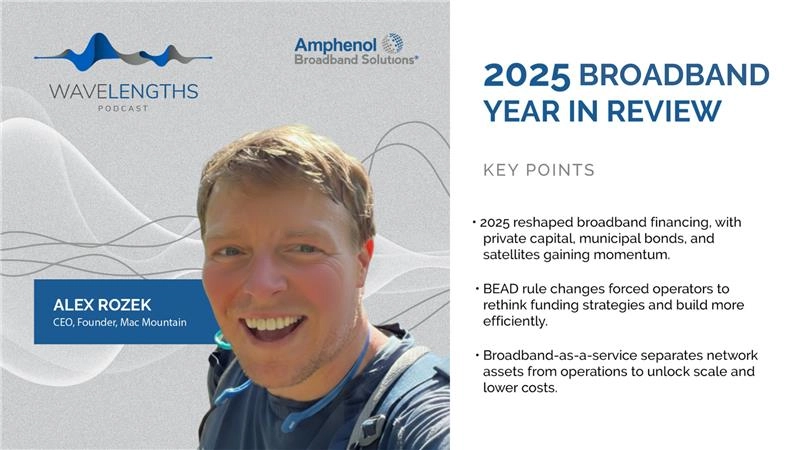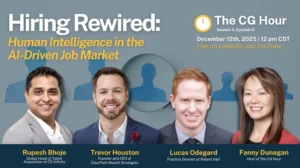Cybersecurity Risks and Patient Risks are at a Crossroads as Tech Moves Rapidly
The current digital transformation reshaping healthcare is standing out not only for its rapid adoption of technology, but also for the unique challenges it’s facing in balancing its cybersecurity risks and patient risks. Healthcare systems increasingly rely on interconnected technologies and AI, but the stakes of maintaining tight security measures are incredibly high now. This juxtaposition of advancing technology and escalating security threats has led to a pressing question:
How can healthcare providers effectively balance the technological needs with the imperative of safeguarding data that avoids cybersecurity risks and patient risks?
As part of an “Experts Talk” roundtable discussion on cybersecurity risks in healthcare, Michael Isbitski, Director of Cybersecurity Strategy at Sysdig, shed light on the dilemma. Isbitski offered a detailed analysis of the healthcare sector’s unique position at the intersection of patient care and cybersecurity. Through his expert lens, he explored the real and significant trade-offs that healthcare leaders face in this digital age.
Some of the few key takeaways from Isbitski explored:
- How healthcare organizations must navigate the delicate balance between securing patient data and ensuring uninterrupted care.
- While basic security measures like access control are well-understood theoretically, their implementation in the complex healthcare environment is fraught with challenges.
- How the push towards integrating AI and other advanced technologies increases both the potential benefits and the risks, making traditional security strategies insufficient.
- Critical strategies in securing healthcare networks, and how they are challenging to implement effectively alongside pressing business needs.
- The importance of a collaborative ecosystem involving various technology partners, which is crucial for a holistic security strategy.
Isbitski highlighted a critical issue at play but also clarifies that there is a need for a strategic, informed approach to managing these risks in healthcare.
Article written by Alexandra Simon.









